Philippines orders 6 A-29 Super Tucano light attack aircraft from Brazil’s Embraer
Deliveries to the Philippine Air Force will begin in 2019
The Philippines ordered six A-29 Super Tucano light attack and advanced training aircraft from Brazil’s Embraer, the company said on Thursday, November 30.
The turbo-prop aircraft, selected in a public bidding process as part of the Philippine Air Force’s ongoing modernization plan, will be used for close air support, light attack, surveillance, air-to-air interception, and counterinsurgency missions, Embraer said in a press release.
Deliveries to the PAF’s 15th Strike Wing will begin in 2019.
“We are honored to be selected by the Philippine Air Force, our second operator in the Asia-Pacific region,” said Jackson Schneider, president and CEO of Embraer Defense & Security.
The Philippines is the 14th air force that will field the aircraft. Near-neighbour Indonesia purchased a total of 16 A-29s.

The A-29’s inexpensive flexibility
The A-29 is a durable and flexible aircraft designed for counter-insurgency and close air support roles. It can also be used for reconnaissance missions in low-threat environments and for pilot training, and is capable of operating from unimproved runways.

Powered by a variant of the world’s most popular turboprop engine rather than a jet, the Super Tucano is relatively cheap to buy, fly and maintain – they cost around $18 million each and about $1,000 per flying hour, compared to around $6,000 per hour for the A-10 Warthog which performs a similar role. Embraer says the A-29 has been selected by 13 air forces worldwide and has clocked up 320,000 flight hours and 40,000 combat hours.
The A-29 was among three aircraft that were tested by the U.S. Air Force in July and August in the Light Attack Experiment, which was designed to assess the potential of low-cost light attack aircraft to conduct the missions most frequently flown including close air support, air interdiction, combat search and rescue, and strike coordination and reconnaissance.

In October, the U.S. Air Force ordered six additional A-29s for the Afghan Air Force, bringing to 26 the total number of planes to be supplied under the Afghanistan Program. Earlier this month, Afghan Air Force A-29s conducted the first strike in Operation Jagged Knife, the new campaign against Taliban drug production facilities.
“The training of the Afghanistan Air Force and the introduction of the A-29 Super Tucano attacker plane is an outright success story,” the deputy air commander of CJTF-OIR’s land component Brigadier General Andrew Croft told The Defense Post in an interview earlier this month.

Also in October, the Lebanese Army received two of at least six A-29 Super Tucanos it ordered using a $1 billion grant received from Saudi Arabia in 2014. The contract for the planes is expected to be completed by July 2019. Lebanese pilots train on the aircraft in the U.S.
6 more A-29 Super Tucano aircraft ordered for USAF Afghanistan program

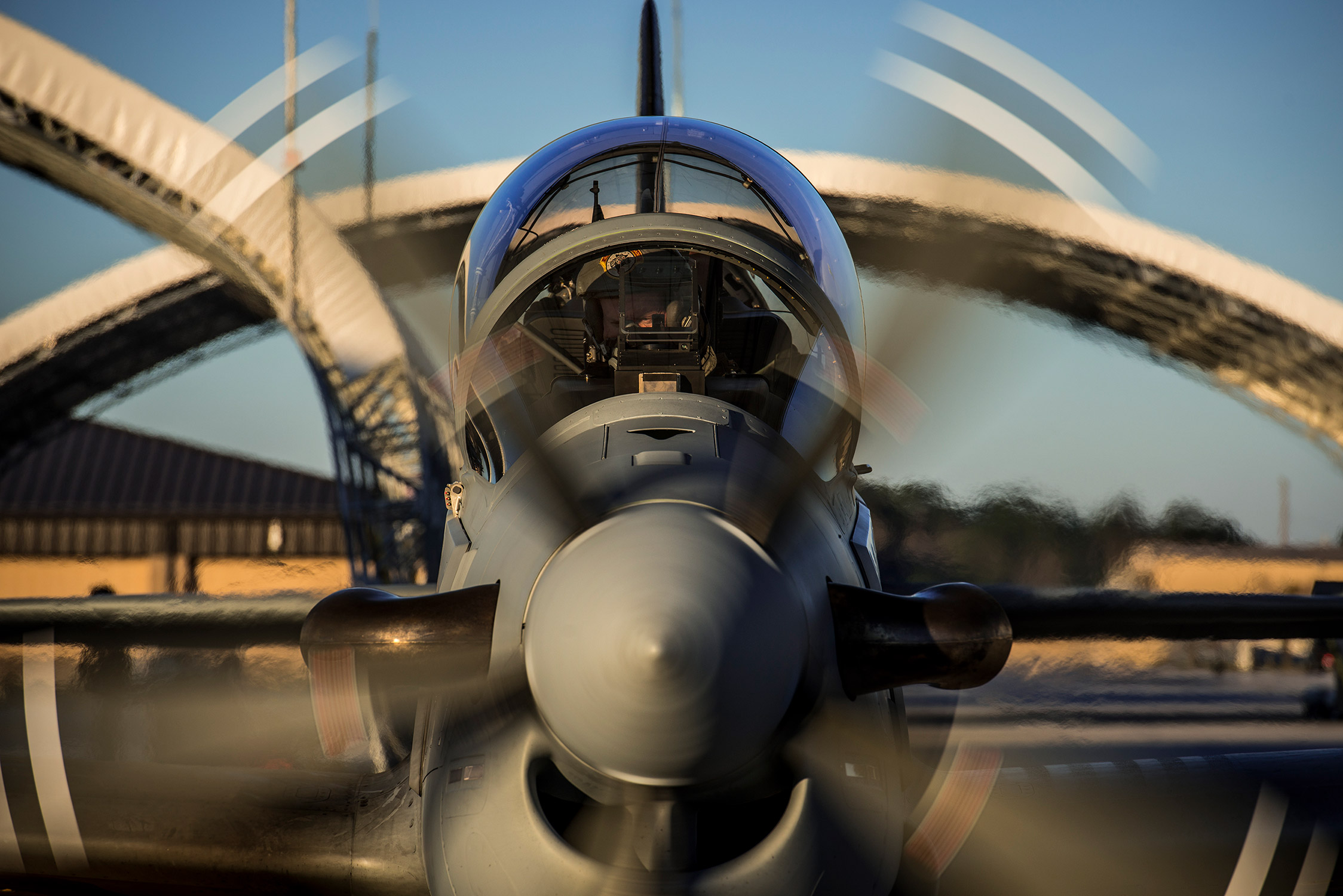
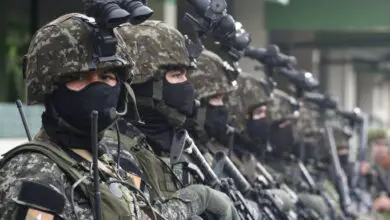
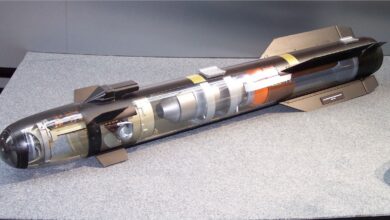

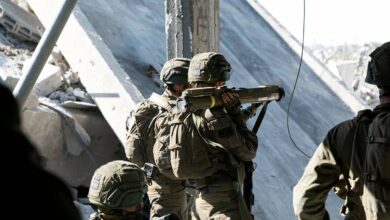

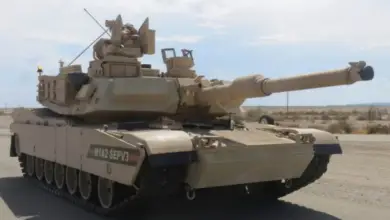
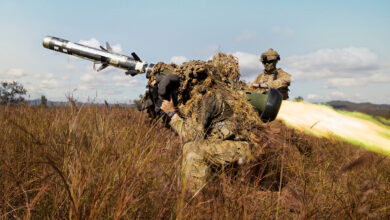
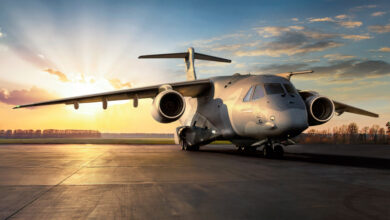
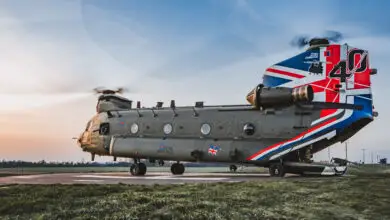
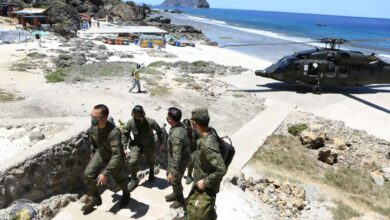
2 Comments